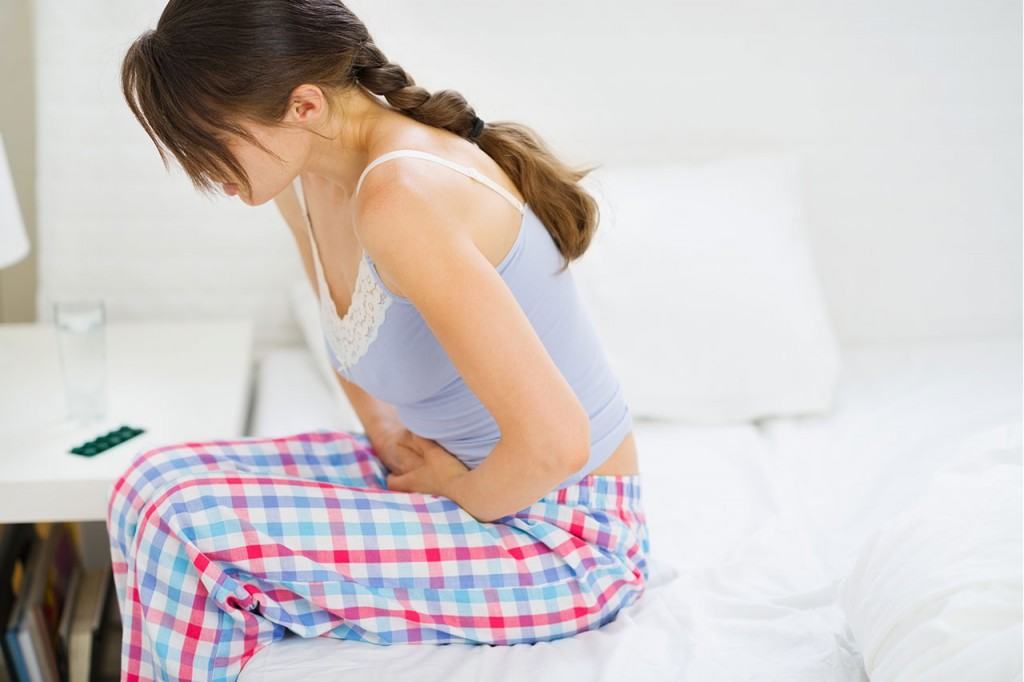It is estimated that as many as one in 10 women of reproductive age has endometriosis with only a small handful receiving appropriate treatment. It can be a debilitating illness causing many women in their prime to experience severe pain, difficulty in falling pregnant and often renders them unable to maintain a healthy sex life. Previously ignored as ‘women’s problems’, endometriosis is a gynaecological issue in need of more frank discussion and publicity. So what is it?
What is endometriosis?
Endometriosis is a common condition where endometrial cells (tissue similar to the lining of the womb) grow where they shouldn’t – namely in the abdomen, ovaries, recto-vaginal septum, bladder or bowel. Those cells function like normal womb lining breaking down during menstruation but do not exit the body which can lead to acute pain, swelling and even scarring however many women experience no symptoms at all. Endometriosis on the fallopian tubes or ovaries can lead to fertility problems.

Who is affected by it?
Endometriosis can occur in any menstruating girl or woman however it is most common in women over 30. It is rare, but not unheard of, to present in menopausal women, however as oestrogen levels decline the related growths do shrink.
The chances of developing endometriosis are increased in women who have never had children, have periods that last more than seven days, cycles shorter than 27 days or a family history of endometriosis.
Endometriosis and falling pregnant
It is possible to fall pregnant with endometriosis but it can be more difficult with up to 40% of women with endometriosis experiencing difficulty getting pregnant. If you have endometriosis and are having trouble getting pregnant, Dr Ljiljana offers surgical treatments to remove the growths and improve your chances of conceiving.
What are the symptoms?
The symptoms of endometriosis can differ from woman to woman and some have none at all. The most common symptom is pain: chronic pelvic pain, acutely painful menstrual cramps, pain during or after sex, or intestinal pain, period pain.
Other symptoms include:
- Bleeding or spotting between menstrual periods
- Infertility
- Stomach problems: diarrhoea, constipation, bloating
- Depression
- Extreme lethargy
These symptoms aren’t always indicative of endometriosis so always seek professional medical advice. There is only one way to definitively confirm a diagnosis of endometriosis and that is by laparoscopy.
If you have friends that exhibit these symptoms, encourage them to call Dr Ljiljana. Most women will put up with it on average for 7 years before getting diagnosed and seeking treatment. That is 7 years of pain, suffering and missing out on social events every month.
Endometriosis treatments
Some women get better on their own but many others benefit from treatment to reduce the symptoms or help their fertility. Pregnancy can temporarily ease the symptoms but it is important to remember that it is not a cure and although no actual cure exists there are a number of treatments that can help to manage symptoms including medicines and surgery.
If you’re not trying to get pregnant, hormone treatments can help to reduce endometriosis and lessen your pain. An alternative is the introduction of an intrauterine device (IUD) to reduce bleeding.
If you are trying to get pregnant then surgery is the most effective treatment. Endometriosis can be surgically removed and often this surgery is combined with the diagnostic laparoscopy where possible.
When performing a laparoscopy Dr Ljiljana will look inside your abdomen using a laparoscope (narrow, telescopic camera) and remove your endometriosis by cutting or lasering it off. This is not a guaranteed permanent solution but many women report successful long term remission.
Speak to Dr Ljiljana to discuss any questions you have about endometriosis and how she can help alleviate the pain and get you enjoying life again.
More information
www.endometriosisaustralia.org